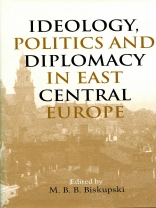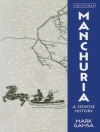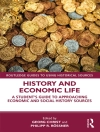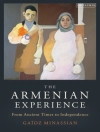An examination of the ways in which East Central Europe has been impacted by the interaction of politics, ideology, and diplomacy in the twentieth century.
No region of the world has been more affected by the various movements of the twentieth century than East Central Europe. Broadly defined as comprising the historic territories of the Czechs, Hungarians, Poles, and Slovaks, East Central Europe has been shaped by the interaction of politics, ideology, and diplomacy, especially by the policies of the Great Powers towards the east of Europe. This book addresses Czech politics in Moravia and Czech politics in Bohemia in the nineteenth century, the international politics of relief during World War I, the Morgenthau Mission and the Polish Pogroms of 1919, the Hitler-Stalin Pact and its influence on Poland in 1939, Hungarian-Americans during World War II, and Polish-East German relations after World War II.
Contributors: Bruce Garver, M. B. B. Biskupski, Neal Pease, William L. Blackwood, Anna M. Cienciala, Steven Bela Vardy, and Douglas Selvage.
M. B. B. Biskupski is Professor of History at Central Connecticut State University.
สารบัญ
A Comparison of Czech Politics in Bohemia with Czech Politics in Moravia, 1860-1914 – Bruce Garver
Strategy, Politics, and Suffering: The Wartime Relief of Belgium, Serbia, and Poland, 1914-1918 – M.B.B. Biskupski
‘This Troublesome Question’: The United States and the ‘Polish Pogroms’ of 1918-1919 – Neal Pease
The Socialist Imprint on International Relations in Interwar Europe – William L. Blackwood
Hungarian Americans during World War II: Their Role in Defending Hungary’s Interests – S. B. Vardy
The Nazi-Soviet Pact of August 23, 1939: When Did Stalin Decide to Align with Hitler, and Was Poland the Culprit – Anna Cienciala
Poland, the GDR, and the ‘Ulbricht Doctrine’ – Douglas E. Selvage












